Tracking Snacking
Share
This article originally appeared in The Technology Issue of APEX Experience.
Preparing an aircraft for a flight takes a lot of planning, and that ranges all the way from the life-or-death issues of mechanical systems and how much fuel to take on board to the less pertinent but still important matter of how much food and beverage to stock on the airplane.
A combination of both hardware and software has allowed airlines to maintain and control their inventory in real time. On many flights, cabin crews now carry hand-held devices that not only function as retail systems, but also as tracking devices that record what’s purchased, how much and by whom. While limited-function personal digital assistants have been popular in the past, there’s now a growing movement to use commercial mobile devices equipped with airline-specific software. Aeroflot recently equipped its cabin crew with 500 iPad minis and will expand to 1,200 tablets; JetBlue has adopted iPads in Mint premium cabins on its new A321; Delta’s using the Nokia Lumia 1520 phablet; and United announced that its flight attendants would each be getting an iPhone 6 Plus this year.
These devices run software such as GuestLogix and eGate to conduct on-board transactions and inventory control in the air, while on the ground, airlines are using management programs like Sabre AirVision In-flight for their meal planning. These programs use historical sales data to determine future inventory levels for each flight. The on-board inventory is also affected by data relating to in-terminal purchases. Nicole Huang, manager Onboard Experience for JetBlue, reports that they load less food for purchase onto airplanes departing from JFK’s Terminal 5 because the terminal restaurants have proven to be so popular.
Snacks or in-flight meals are the #1 in-flight purchase.
– 2014 APEX Survey
Another key element of inventory tracking and spoilage management is simple database control. Some airlines report using readily available consumer software like Excel and Google Docs to keep track of supply levels and avoid landing with a large inventory of unused product.
So what happens if all this exciting on-board technology fails? JetBlue relies on good ol’ fashioned paper and pencil as a fail-safe. “From [an] operations standpoint,” Huang says, “sometimes simple is the best policy.”



